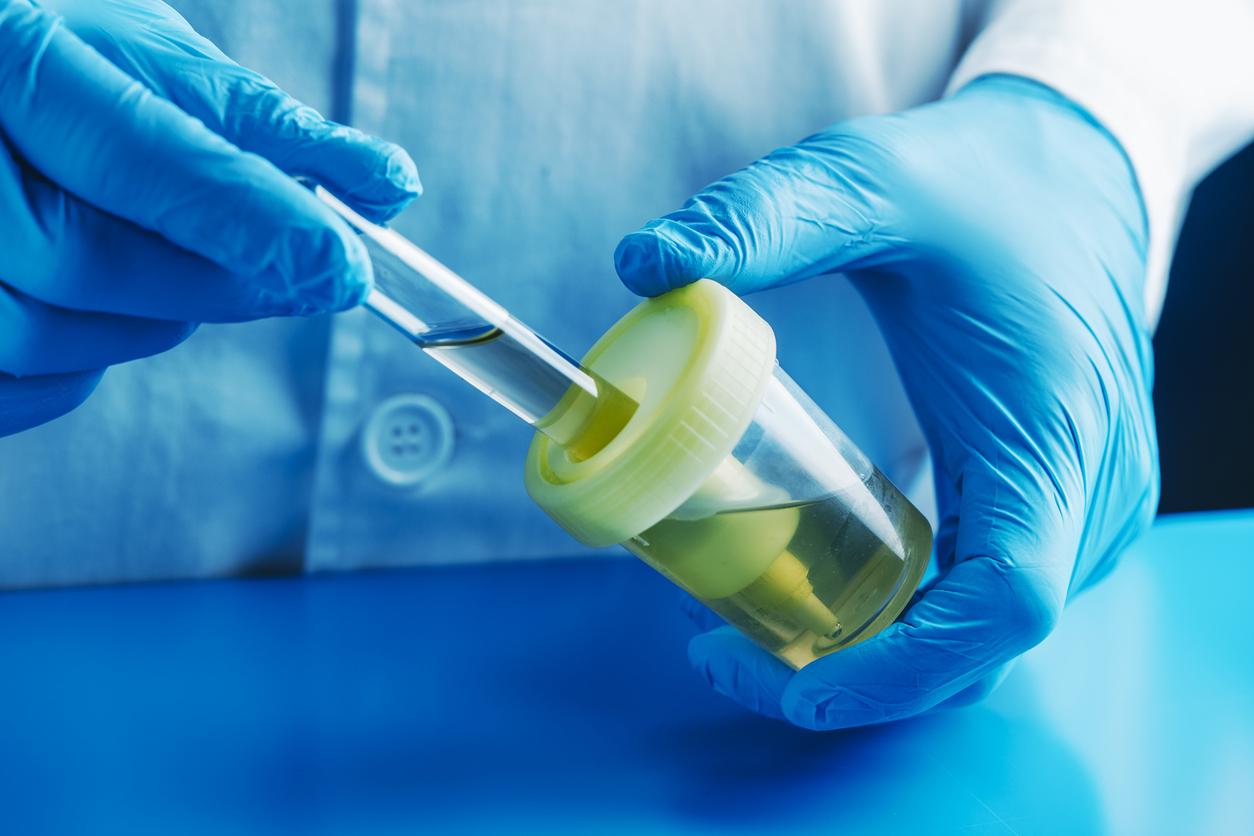For women with low-risk pregnancies, giving birth in water does not increase the risk of complications.

- In women with uncomplicated pregnancies, giving birth in water is not associated with increased risk to mother and baby.
- In detail, about three in 100 infants needed antibiotics or help breathing in a neonatal unit after birth.
- Cesarean rates were low, with less than 6% for first-time mothers and less than 1% for mothers having their second, third or fourth baby.
In the UK, it is estimated that up to 60,000 (9%) babies are born in water each year, according to data from Cardiff University. “Some midwives and doctors are concerned that water births are risky. There have been reports that babies can become seriously ill or even die after water births, and mothers are more likely to have heavy blood loss,” said Julia Sanders, who works at the Welsh facility.
Analyzing the records of 87,040 pregnant women who gave birth in water
But is it really dangerous to give birth to your child in a pool of warm water? In order to find out for sure, she decided to conduct a study with her team to examine the safety of water births in the UK. As part of the work, they examined the birth experiences of pregnant women who had uncomplicated pregnancies and were immersed in water during labour for comfort and pain relief. In total, the records of 87,040 mothers who gave birth in water between 2015 and 2022 were reviewed. The authors looked at the rates of serious tears suffered by women, the number of babies needing antibiotics or help to breathe in a neonatal unit, and the rates of infant deaths.
Giving birth in water is as safe as giving birth out of water.
Some women were taken out of the warm water pool for additional medical care or to further ease pain, according to the data. These women were expecting their first child. Overall, the researchers found that about half of the women who were in a pool during labor gave birth in water. About one in 20 first-time mothers and one in 100 mothers having their second, third, or fourth baby had a serious tear, according to the results. The team also found that about three in 100 babies needed antibiotics or help breathing in a neonatal unit after birth, and that baby deaths were rare. But rates of these and other complications were similar for births in and out of water. The research showed that cesarean section rates were low, with less than 6 percent for first-time mothers and less than 1 percent for mothers having their second, third, or fourth baby.
“The study found convincing evidence that for women with low-risk pregnancies, there are no additional risks to the baby. (…) It is also reassuring to see that midwives are detecting potential problems during labour and advising them to get out of the water, so that mothers and babies can receive appropriate monitoring and care,” concluded Chris Gale, a neonatologist, and Rachel Plachcinski, a parent representative on the study team and a former prenatal teacher.















